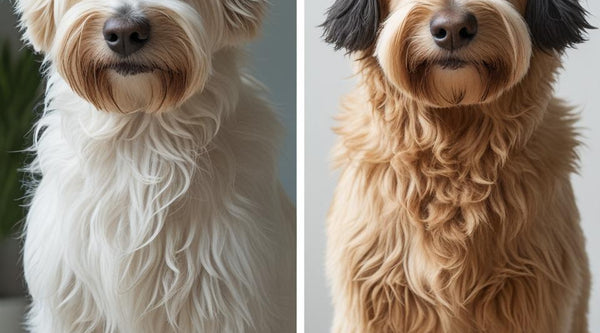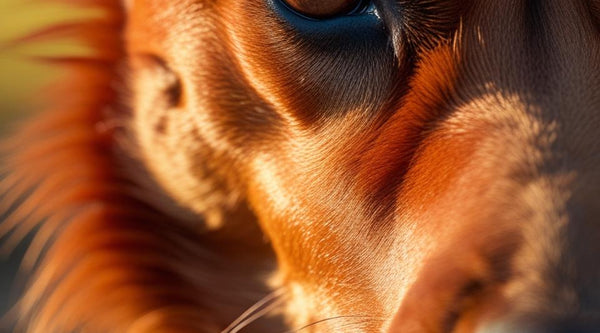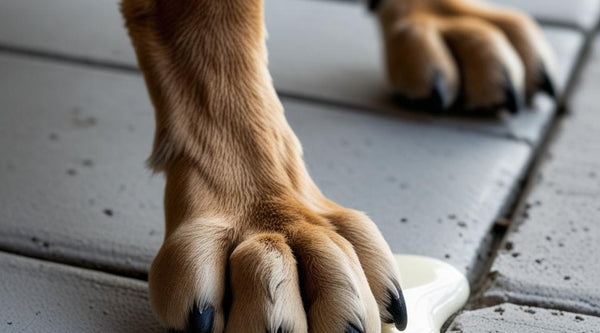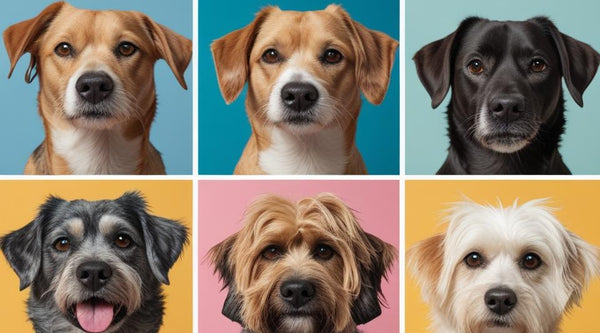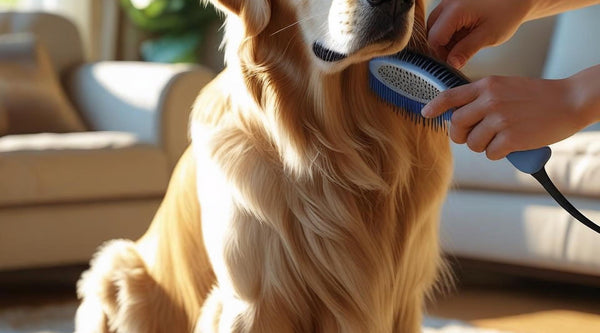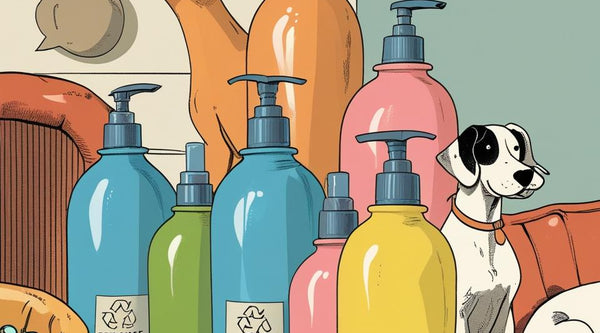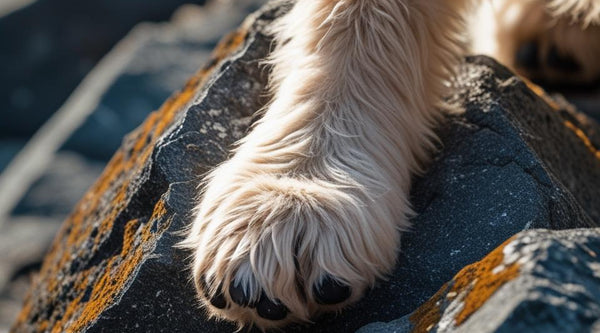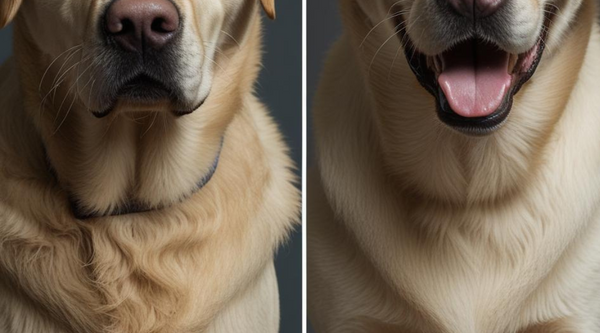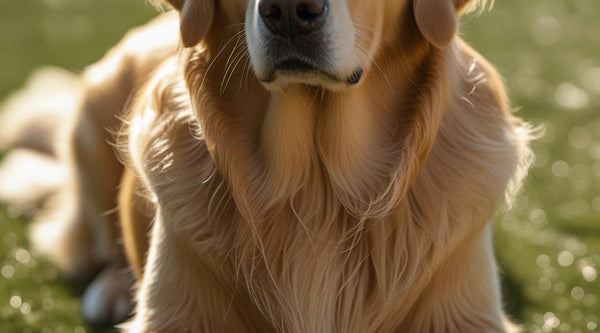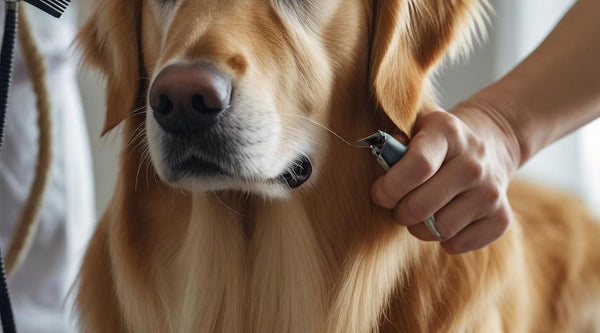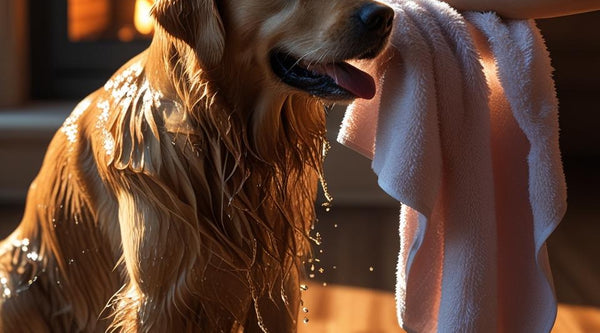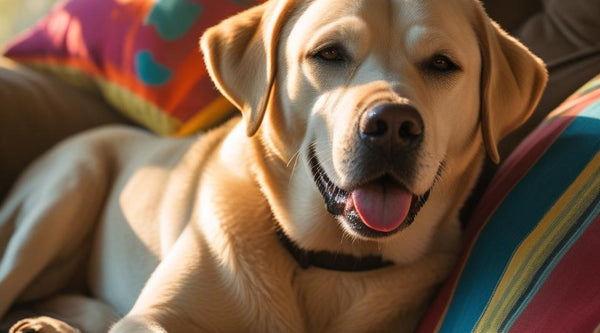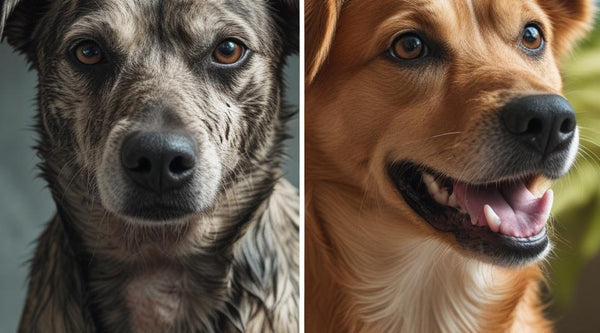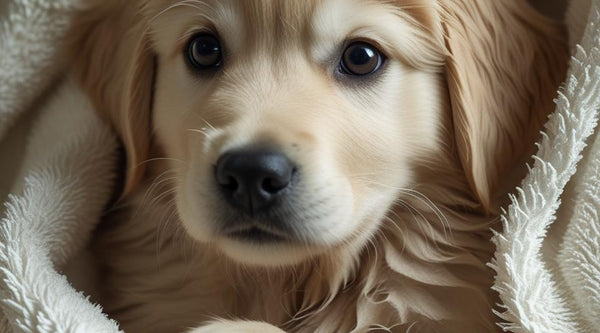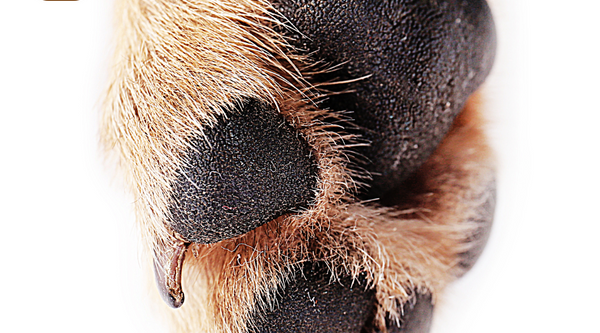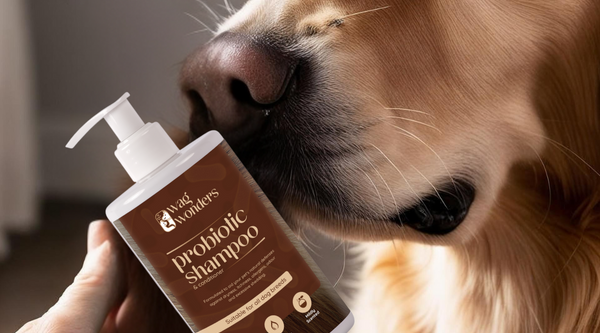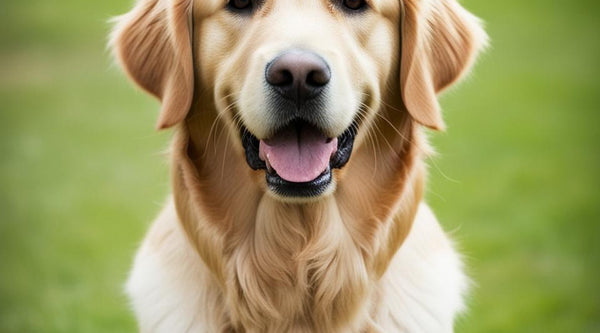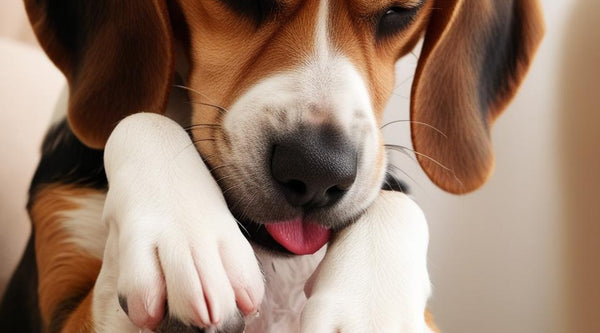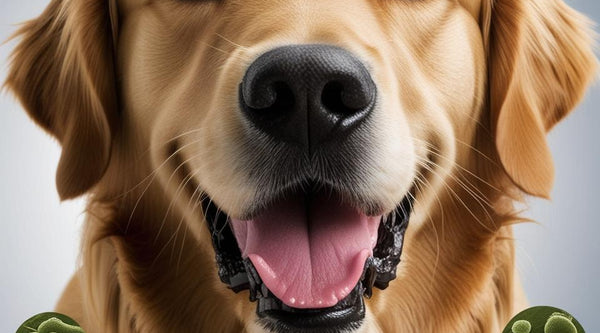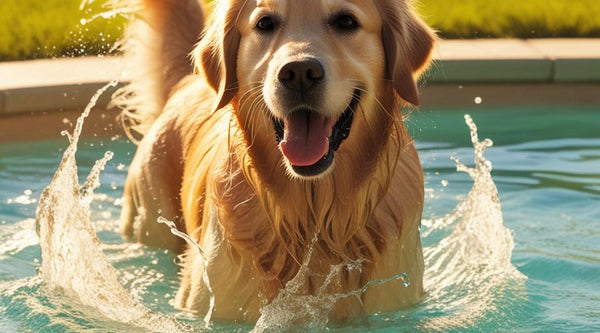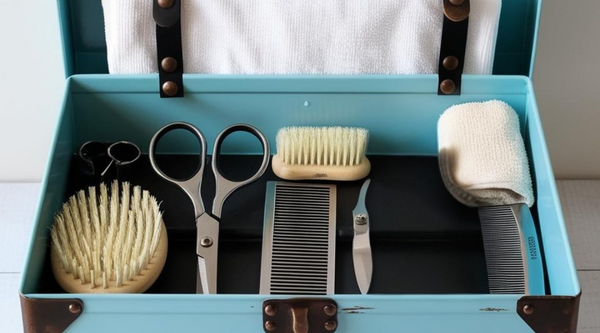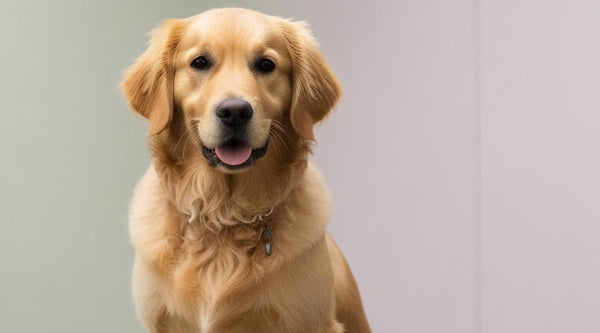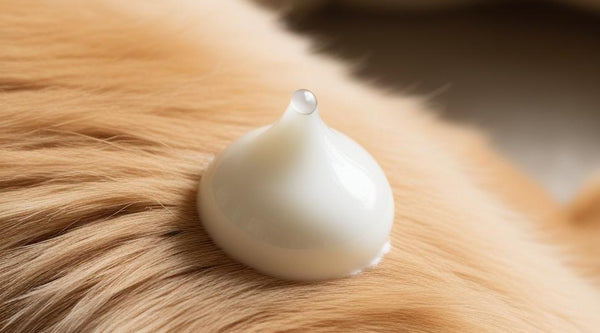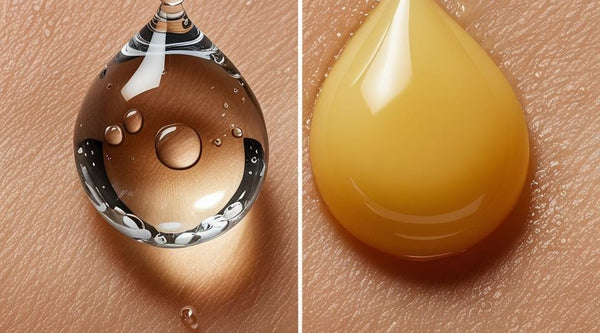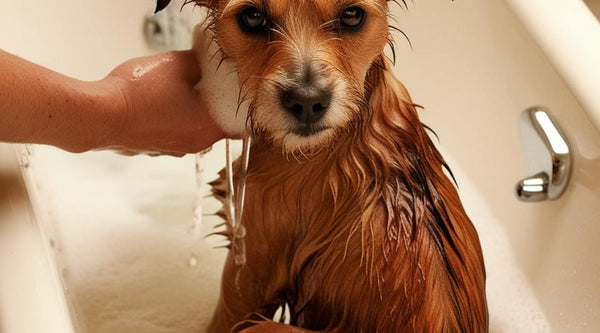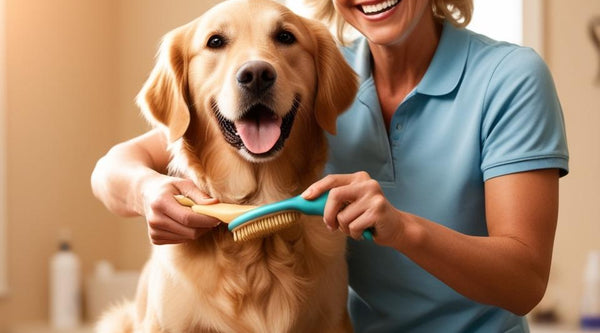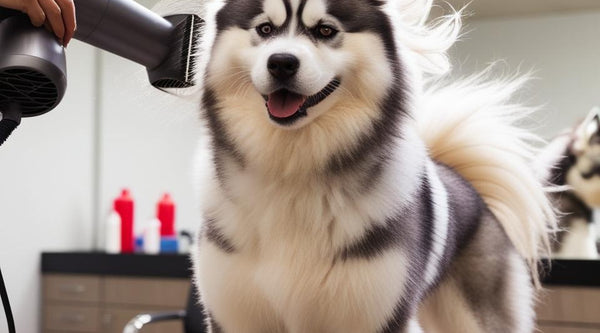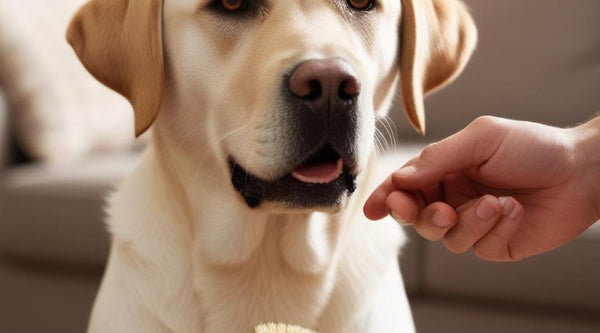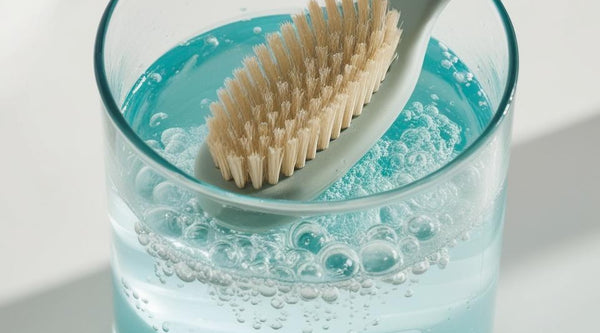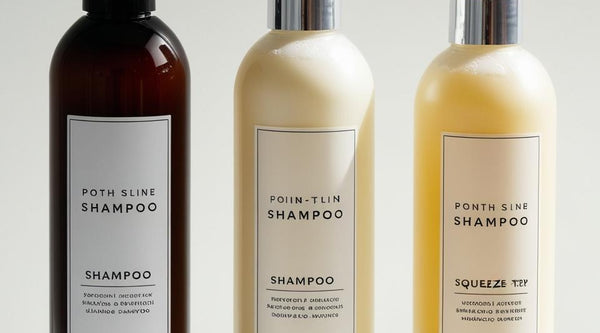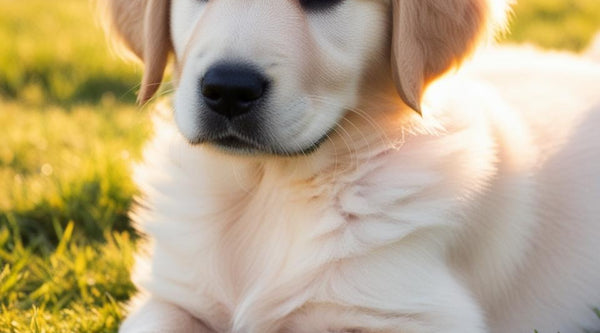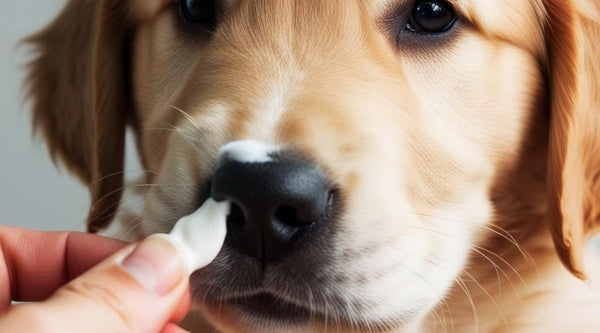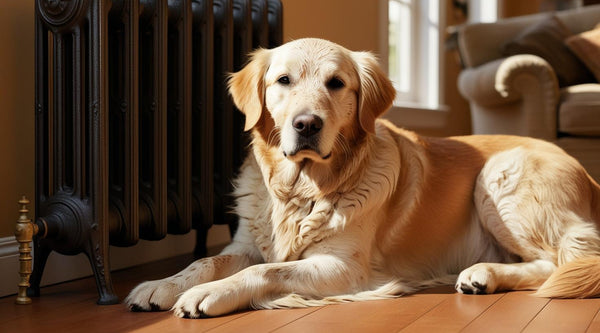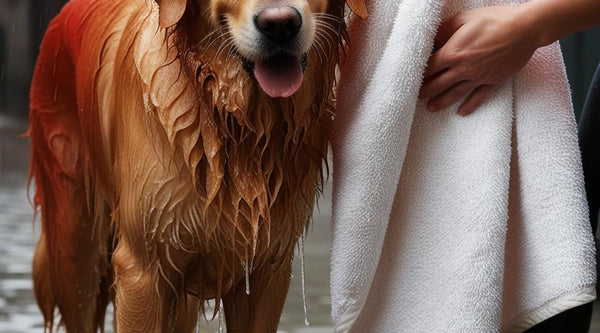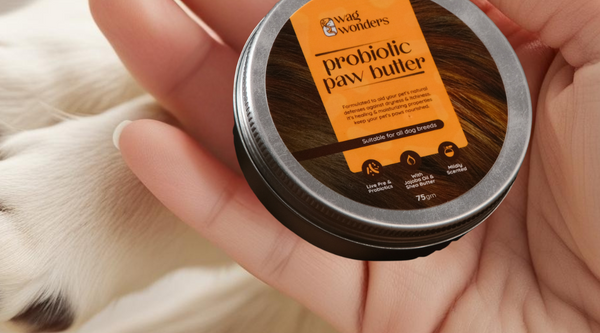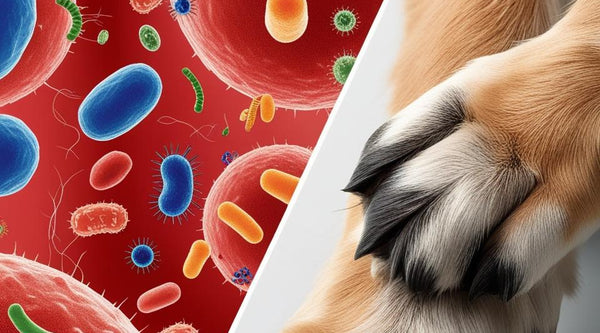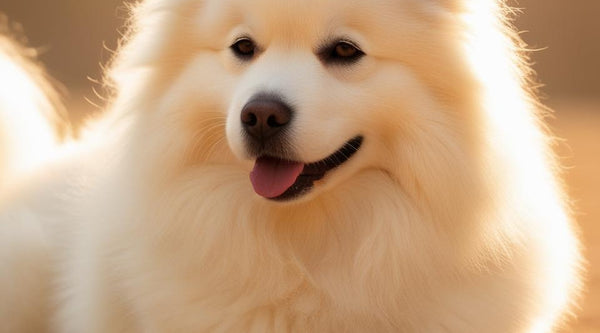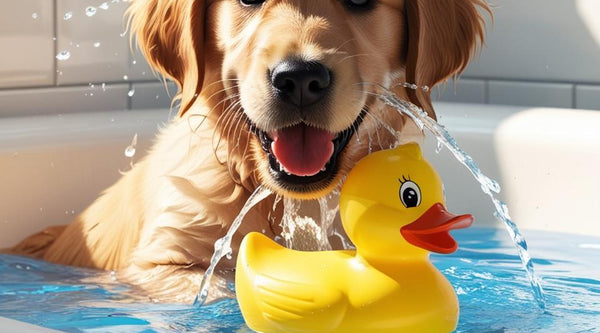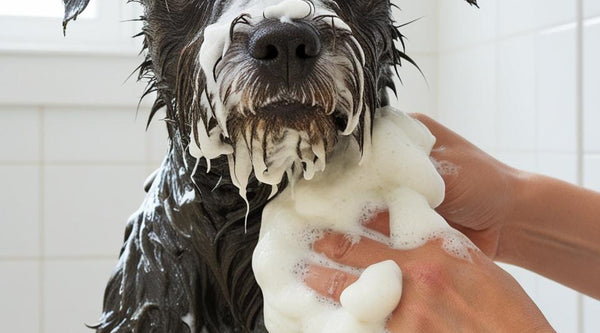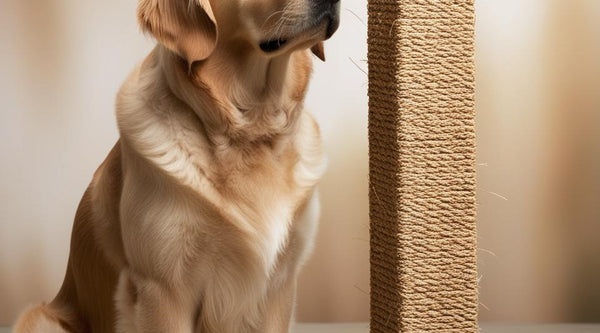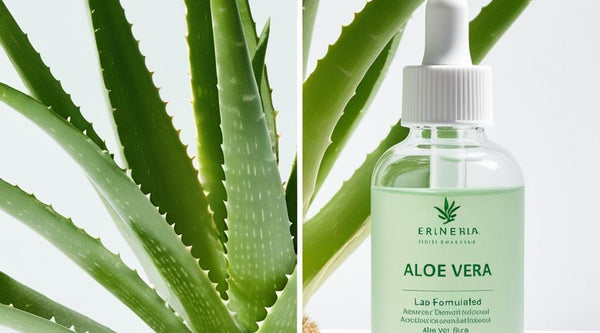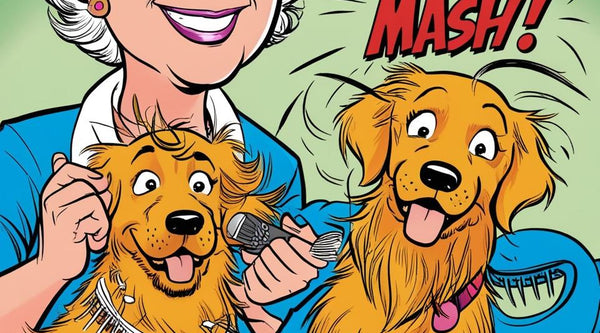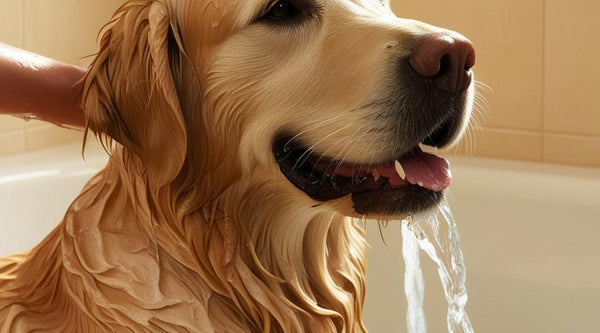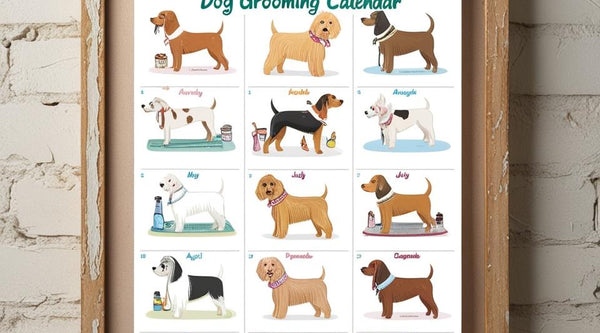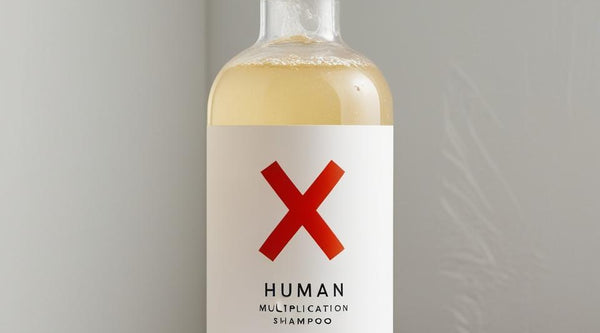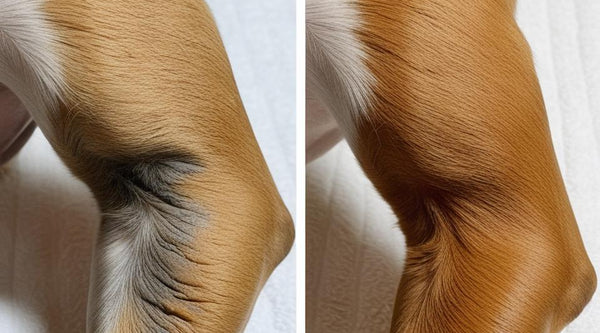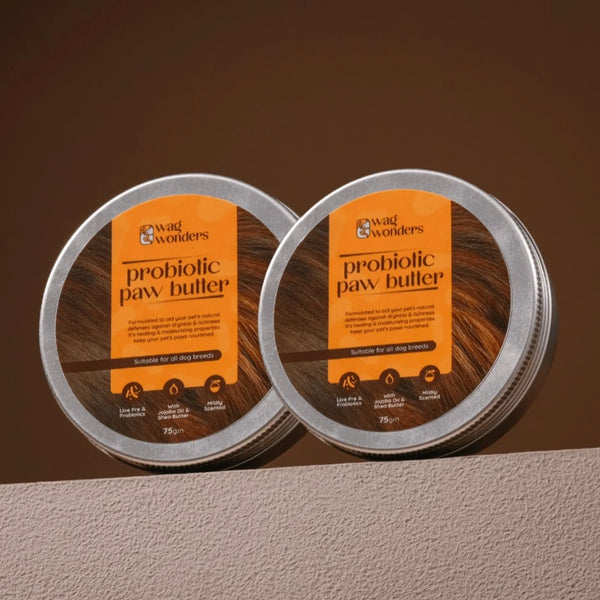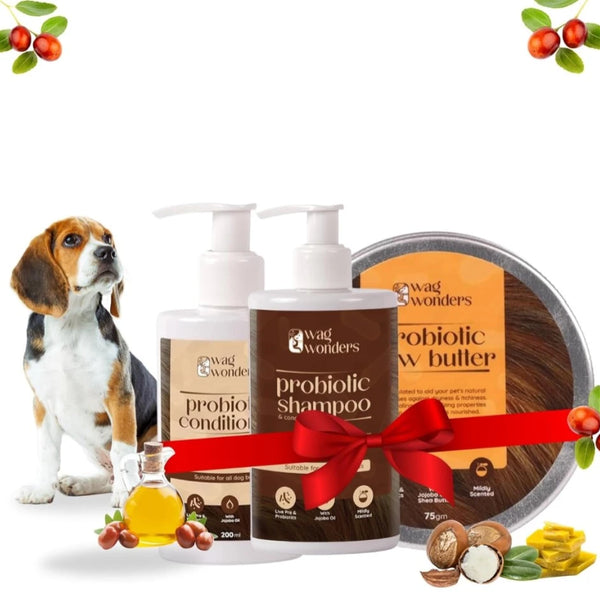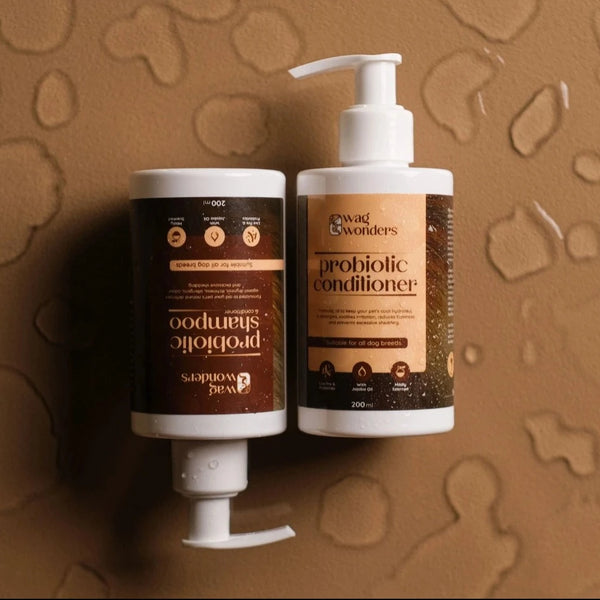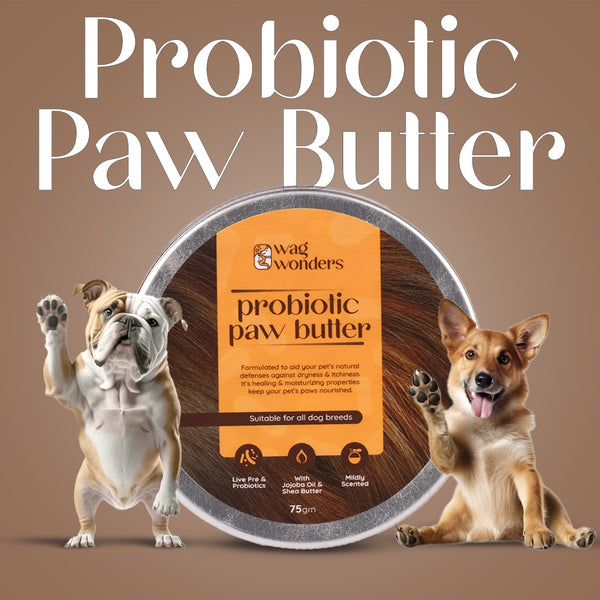How to Groom a Puppy Without Harming Their Sensitive Skin

Bringing home a puppy is an exciting experience, but caring for their delicate skin and coat requires extra attention. Puppies have sensitive skin that is still developing, making them prone to dryness, irritation, and allergies if exposed to harsh grooming products.
A proper puppy-friendly grooming routine ensures their skin microbiome stays balanced, promoting healthy skin and a shiny coat. Using prebiotic and probiotic grooming products can support this natural balance, keeping your pup happy and itch-free!
Let’s dive into the best puppy grooming tips and how to choose a gentle, microbiome-friendly shampoo.
Why Do Puppies Need Special Grooming?
Unlike adult dogs, puppies have delicate skin that:
✔ Is thinner and more sensitive than mature dog skin
✔ Has a developing skin microbiome, which protects against infections
✔ Loses moisture easily, making them prone to dryness and irritation
Using the wrong grooming products—especially those with synthetic chemicals, sulfates, or artificial fragrances—can strip their natural oils, leading to itchiness and discomfort.
📝 Tip: Always choose a mild, puppy-safe shampoo enriched with prebiotics and probiotics to maintain a healthy skin barrier.
Step-by-Step Guide to Grooming a Puppy Safely
Step 1: Choose the Right Shampoo & Conditioner 🛁
When selecting a shampoo and conditioner for your puppy, look for:
✔ Prebiotics & Probiotics – Help maintain a healthy skin microbiome and prevent irritation
✔ Natural Ingredients – Oatmeal, aloe vera, and coconut oil soothe and moisturize
✔ Hypoallergenic Formula – Free from sulfates, parabens, and artificial dyes
🚫 Avoid human shampoos or harsh detergents, as they can disrupt your puppy’s skin pH.
Step 2: Brush Before Bathing 🐶🖌
✔ Use a soft-bristle brush or puppy comb to remove dirt and tangles.
✔ Brushing prevents matting and makes bathing easier.
✔ If your puppy has long fur, gently detangle knots before getting them wet.
📝 Tip: Brushing also distributes natural oils, keeping their coat soft and shiny!
Step 3: Bath Time – Be Gentle! 🚿
1️⃣ Use lukewarm water—hot water can dry out their skin.
2️⃣ Wet your puppy slowly, using a cup or gentle sprayer.
3️⃣ Apply a small amount of puppy-friendly shampoo and massage it in gently.
4️⃣ Rinse thoroughly—leftover shampoo can cause itchiness.
5️⃣ Follow up with a mild, hydrating conditioner to keep their coat soft.
🚫 Avoid getting shampoo in their eyes, ears, and nose—these areas are extra sensitive!
Step 4: Drying Your Puppy the Right Way 🌬️
✔ Gently towel dry—patting (not rubbing) to avoid irritation.
✔ If using a blow dryer, set it to low heat and keep it at a safe distance.
✔ Make sure their paws and ears are completely dry to prevent infections.
📝 Tip: Give your pup treats and cuddles to make bath time a positive experience!
Step 5: Moisturize Their Paws & Nose 🐾💛
Puppies’ paw pads and noses can become dry and cracked, especially in extreme weather.
✔ Apply a natural paw butter with shea butter, coconut oil, or beeswax to keep their paws soft and moisturized.
✔ This also acts as a protective barrier against hot pavement and rough surfaces.
How Often Should You Bathe a Puppy?
🛁 Bathing too often can strip natural oils, leading to dryness.
✔ Short-haired puppies – Every 3-4 weeks
✔ Long-haired puppies – Every 2-3 weeks
✔ If they get extra dirty (mud, playtime mess) – Use a gentle rinse without over-shampooing
🐶 Regular brushing and using waterless prebiotic sprays can help keep their coat fresh between baths!
Final Thoughts
Grooming your puppy is more than just keeping them clean—it’s about protecting their sensitive skin and supporting their natural defenses.
By using puppy-friendly, microbiome-safe products, you can ensure their skin stays healthy, hydrated, and irritation-free.
🐾 Make grooming a fun, positive experience for your pup, and they’ll grow up loving bath time! 💛


